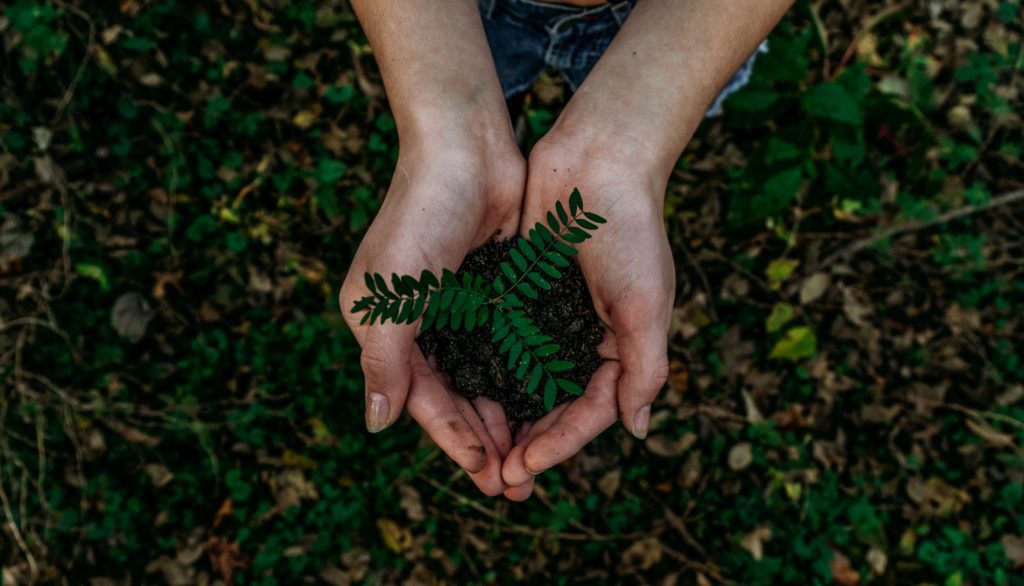Earth day is incredibly important to our planet, not only our planet but the beautiful animals that roam within its walls.
What is Earth Day?
Earth day is a wonderful and incredibly important day. This event was created in 1970 and lands on April 22nd annually, to demonstrate support for environmental protection. Each year Earth Day hosts its own theme, this year’s theme is all about investing in our planet. In 1969 at a UNESCO conference in Sans Francisco, peace activist John McConnell proposed a day where we honour the earth and the concept of peace.
The timeline of Earth Day
- 1970 – The first Earth Day mobilises 20 million Americans to call for increased protections for our planet.
- 1990 – Earth Day goes global, mobilising 200 million people in 141 countries.
- 2000 – Earth Day leverages the power of digital media to build millions of local conversations across more than 180 countries.
- 2010 – Earth Day Network launches A Billion Acts of Green and The Canopy Project. Earth Day 2010 engages 75,000 global partners in 192 countries.
- 2020 – Earth Day 2020 marked 50 years with global activations that aim to mobilise a billion people worldwide for transformative action for our planet.
How can we help our earth?
There are so many ways we can help our beautiful planet. If we embrace our own part to preserve our planet, we will be getting a lot closer to our end goal.
- Reduce, reuse and recycle – Cut down on what you throw away. Follow the three “R”s” to conserve natural resources and landfill space.
- Volunteer – Volunteer for clean-ups in your community. You can get involved in protecting your watershed, too.
- Educate – When you further your own education, you can help others understand the importance and value of our natural resources.
- Conserve water – The less water you use, the less runoff and wastewater that eventually end up in the ocean.
- Shop wisely – Buy less plastic and bring a reusable shopping bag.
- Use long-lasting light bulbs – Energy efficient light bulbs reduce greenhouse gas emissions. Also flip the light switch off when you leave the room!
- Plant a tree – Trees provide food and oxygen. They help save energy, clean the air, and help combat climate change.
- Don’t send chemicals into our waterways – Choose non-toxic chemicals in the home and office.
- Bike more – Drive less.
A list of endangered animals due to climate change
- Columbia Spotted Frog –
Amphibians such as frogs are vulnerable to desiccation and require moist conditions to reproduce. They are thus at risk from climate change. Decreasing water bodies in Yellowstone National Park, for example, is driving declines in the Columbia Spotted Frog population. Climate change is also causing the rapid spread of the deadly chytrid fungus Batrachochytrium Dendrobatidis, which is endangering amphibians worldwide.
- American Pika –
Pikas are adapted to cold alpine conditions and are very intolerant of high temperatures. The American Pika has been retreating upslope to escape rising temperatures and it is feared the species will eventually have nowhere left to go. In some locations, American Pika populations have already entirely disappeared. Other Pika species native to Eastern Europe and Asia are facing the same dire fate.
- Adélie Penguin –
The birds are declining on the West Antarctic Peninsula, which is one of the most rapidly warming areas on Earth. The Adélie Penguin’s coastal nesting grounds are becoming increasingly unsuitable for chick survival, and sustained periods of warmer than usual ocean temperatures are negatively affecting the ability of prey such as fish and krill to survive.
- Leatherback Sea Turtle –
Like all marine turtles, Leatherbacks are threatened by bycatch, poaching and pollution. Climate change is an additional, rapidly emerging threat to marine turtles globally. Rising sea levels and extreme weather events wash nests away and decrease nesting habitat. In sea turtles, sand temperature determines the gender of developing young – warmer eggs turn into females, cooler eggs turn into males. Under global warming, turtle sex ratios are likely to become skewed, resulting in population decrease.
- Koala –
Koalas have an extremely specialised diet consisting only of eucalyptus leaves. Increasing carbon dioxide levels in the atmosphere are decreasing the nutritional value of leaves, resulting in Koala malnutrition and starvation. Longer and more frequent droughts will increase the occurrence of bushfires, which kill millions of forest-dwelling animals like Koalas. Koalas will also increasingly be forced to descend from trees in search of water and new habitats during dry conditions, exposing them to predators and road traffic.
- Atlantic Cod –
Due to recent rapid ocean warming has severely impacted cod spawning and survival, causing populations to plummet again. It is thought that warmer waters decrease the availability of zooplankton critical to juvenile fish survival and development.
- Monarch Butterfly –
Monarch Butterfly, the increased frequency of extreme weather events is threatening the future of this charismatic species. Furthermore, Monarch caterpillars eat only milkweed – as the climate continues to warm, the butterfly’s range is becoming drier, resulting in the loss of vital food plants.
- Ringed Seal –
Ringed Seal, Warming spring temperatures and early sea ice breakup are causing nursing pups to be prematurely separated from their mothers. Additionally, warmer ocean temperatures are likely to boost seal parasite populations and the forced migration of seals to more stable ice habitats will facilitate the spread of disease.
- Polar Bear –
The Polar Bear is facing an uncertain future due to dwindling sea ice in its Arctic habitat. Longer, warmer summers are causing much of the Arctic Ocean to be ice-free for extended periods of time, decreasing the bears’ access to their primary prey – seals.




